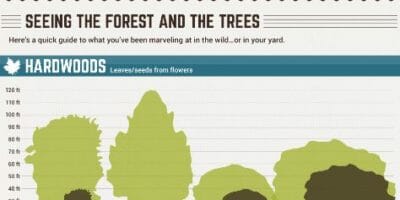The Ecological Advantages Of Stump Grinding: An Eco-Friendly Technique For Managing Land
The Ecological Advantages Of Stump Grinding: An Eco-Friendly Technique For Managing Land
Blog Article
Uploaded By-
When it concerns land management, have you thought about the resilient benefits of stump grinding? By attending to react arborist left behind after tree removal, this practice not just help in soil wellness enhancement but also plays an important function in avoiding erosion and sustaining biodiversity. The ecological benefits of stump grinding extend far past simple appearances, using a sustainable option that harmonizes with nature's detailed systems.
Soil Wellness Enhancement
Wanting to improve the high quality of your dirt? Stump grinding can be a game-changer for enhancing dirt health on your property. By eliminating old tree stumps, you're producing room for brand-new growth and allowing crucial nutrients to go back to the dirt.
As the stumps break down with time, they release raw material, enhancing the soil and promoting much better plant development.
On top of that, stump grinding assists to freshen the dirt, allowing for far better water infiltration and origin growth. Compressed dirt can prevent plant development and water absorption, yet by grinding stumps, you're loosening up the soil and developing a healthier atmosphere for your plants.
Furthermore, stump grinding can also help to prevent pest problems and illness that old stumps might draw in. By removing these prospective dangers, you're developing a more secure and a lot more productive landscape.
Disintegration Avoidance
To stop soil disintegration effectively, stump grinding plays an important role in maintaining the stability and stability of your land. By removing unattractive stumps from your home, you're likewise minimizing the danger of erosion caused by water runoff. Stump grinding eliminates challenges that can interrupt the natural flow of water throughout your land, preventing soil disintegration at the same time.
When stumps are left unblemished, they can function as obstacles to water circulation, creating soil to remove during heavy rainfalls. This disintegration not just harms your land but likewise contributes to sedimentation in neighboring water bodies, harming marine ecosystems.
Stump grinding helps to stop these issues by leveling the ground and advertising correct drainage, reducing the possibility of disintegration.
Biodiversity Support
Keeping healthy and balanced biodiversity on your land is essential for developing a thriving environment. By utilizing stump grinding as a sustainable land management technique, you can considerably sustain biodiversity.
Stump grinding assists promote biodiversity by creating new habitats for various plant and animal species. The elimination of stumps permits the regeneration of indigenous vegetation, which in turn brings in a varied range of wild animals. Bugs, birds, and small mammals flourish in these newly available locations, contributing to the overall biodiversity of your land.
Additionally, stump grinding helps stop the spread of diseases and parasites that can harm plant species, hence guarding the ecological balance on your building. By getting just click the next web site of old stumps, you develop room for new plant growth, which enhances the general health of the environment.
This much healthier atmosphere sustains a wider variety of varieties, advertising biodiversity and creating a more durable ecological community in the long term. Embracing stump grinding as part of your land management strategy can have long lasting positive impacts on the biodiversity of your land.
Conclusion
By making use of stump grinding as a sustainable technique to land management, you can boost dirt wellness, avoid disintegration, and assistance biodiversity. This environmentally friendly approach not only profits the ecosystem however likewise promotes the development of plants and develops environments for numerous plant and pet varieties. Make a positive impact on the setting by integrating stump grinding into your land management practices.
